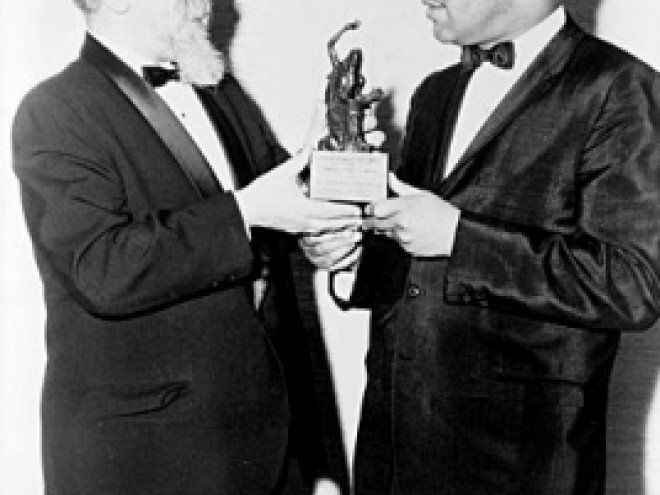As a Holocaust survivor who immigrated to the United States after the war, Marione Ingram is indignant about discrimination in this country. Her book, The Hands of Peace, traces her journey from persecuted Jew in Germany through her participation in the Civil Rights movement to her present-day critique. Her stark description of discrimination in 1950s New York City has a refreshing directness, as she parses the ugly facts of the racial divide through seeing her qualified black coworker, Joan, held back professionally because of her race and face discrimination in social situations and when she and Ingram try to rent an apartment together. As a child of a Jewish mother and gentile father, Ingram’s sole connection to Judaism seems to be experiencing anti-Semitism in Germany. She does not spell out the details of her years during the Holocaust, but briefly describes how she and her mother went into hiding, separated from her father. After the war she stayed in Germany with her father and was the butt of ex-Nazi teachers’ and classmates’ ire. The sting of personal discrimination parallels her disgust with segregation and institutionalized racism in the United States, and motivates her to work to end it. The Hands of Peace describes her efforts in the 1950s, ’60s, and beyond. Ingram married a Southern gentile and made her home in Washington, D.C.
Ingram’s joie de vivre and innate sense of justice shines. When an old-school Southern lady gives Ingram an icy look when a black friend accompanies her to her citizenship ceremony, Ingram dismisses the old biddy pleasantly. Ingram describes the necessity of leaving her young son with her husband while working in a Freedom School in Mississippi. She depicts harrowing brushes with the Klan but also the “Freedom high” participants experienced teaching students hungry for education. Ingram continued her fight against hate back in D.C. Many Jews participated in the Civil Rights movement, influenced by the fresh wound of the Holocaust, earlier pogroms, and everyday discrimination. Ingram’s experience is unique in that she faced that hate firsthand. Readers can take her story as a playbook on activism. Ingram interacted with and advocated for the rights of minorities, opened her house to and befriended people who do not look like her, attended protests, and went to meetings to express her desire for change. Ingram’s take on hate in America is fresh and direct. Even when the Black Power movement gave white and Jewish activists the cold shoulder, Ingram stayed involved. Her return to Mississippi 50 years later as a veteran of the movement describes the progress and remaining problems.
Dina Weinstein is a Richmond, Virginia-based writer.




